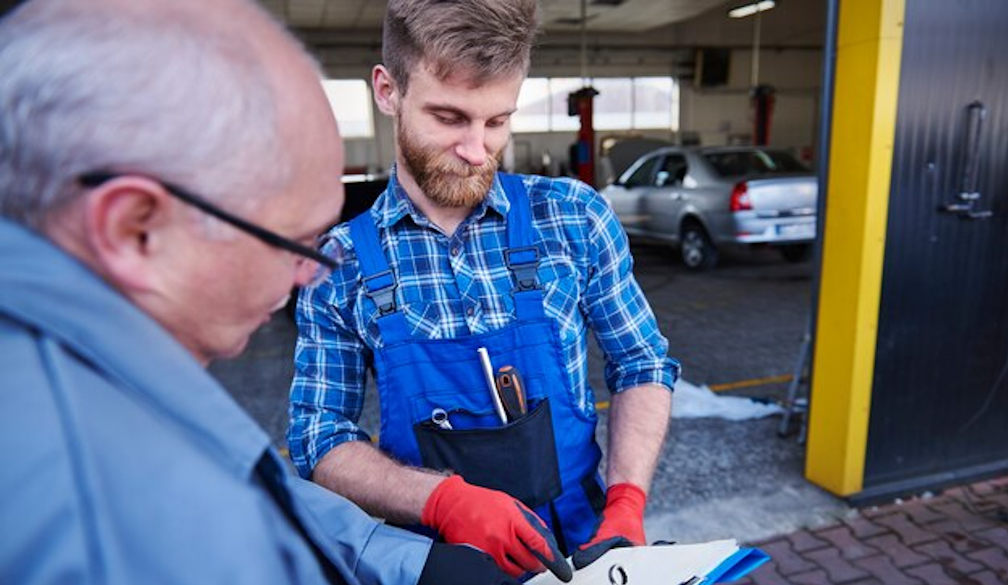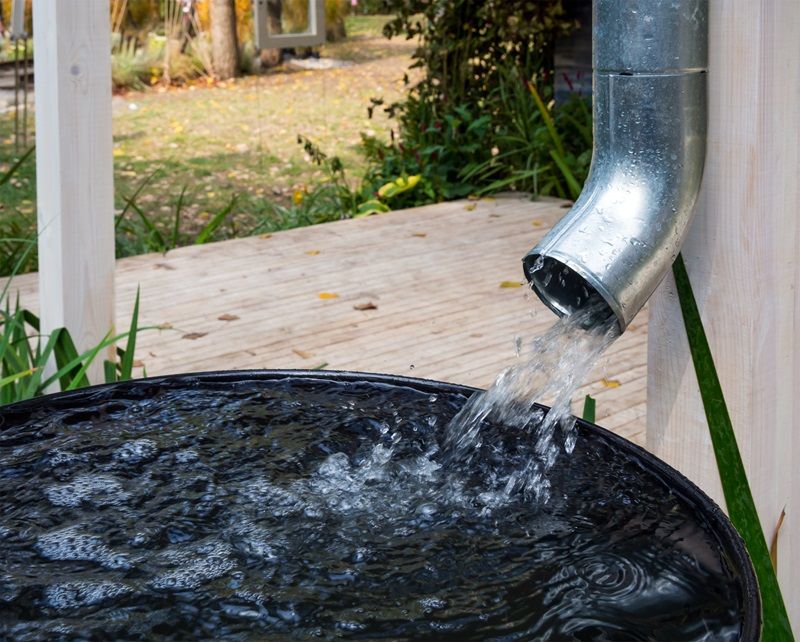Any individual maintains their private idea in relation to 7 Plumbing Industry Trends You Need To Know.

Intro
The plumbing sector is going through a transformative stage driven by technological improvements and expanding problems for sustainability and effectiveness. This article discovers arising trends and innovations shaping the future of pipes.
Regulatory Landscape
Regulatory structures play an essential role in shaping the adoption of plumbing advancements, with criteria and codes governing everything from water effectiveness to product safety. As technologies remain to evolve, governing bodies have to adapt to guarantee consumer defense and ecological stewardship.
Future Outlook
The future of pipes is identified by proceeded innovation and integration with various other industries such as IoT, renewable energy, and building automation. By embracing sustainable methods, leveraging arising technologies, and prioritizing user-centric design, the plumbing market is poised to attend to the evolving needs of culture while reducing its ecological footprint.
Augmented Reality in Pipes
Augmented Fact (AR) modern technology is changing plumbing by providing professionals with real-time aesthetic guidance for troubleshooting and repair work tasks. AR-enabled smart glasses or mobile applications overlay electronic details onto the physical setting, helping plumbers imagine pipeline designs, recognize covert leaks, and implement fixings with precision.
Influence of 3D Printing
The introduction of 3D printing has actually introduced new possibilities in producing pipes parts. From custom-made components to intricate pipe fittings, 3D printing permits fast prototyping and on-demand production, lowering preparations and making it possible for better modification in pipes layout.
Health And Wellness Features
In response to enhanced worries for health and wellness, pipes components are integrating features such as antimicrobial surface areas, touchless operation, and self-cleaning mechanisms. These advancements not only improve hygiene but also promote individual convenience and benefit.
Hygiene-focused Components
Touchless faucets, self-sanitizing toilets, and antimicrobial surfaces are coming to be significantly prevalent in household and industrial setups, minimizing the danger of germ transmission and promoting a cleaner, much healthier setting.
Water Top Quality Monitoring
Improvements in water high quality tracking modern technologies enable homeowners to keep track of the purity and safety of their supply of water in real-time. Smart water top quality sensors can detect pollutants, pH degrees, and temperature level variations, encouraging customers to take aggressive procedures to ensure water security.
Remote Pipes Solutions
Remote diagnostics and digital aid are revolutionizing the means plumbing solutions are supplied. Through video clip conferencing and remote gain access to modern technologies, plumbers can fix concerns, give assistance for DIY repair services, and even carry out remote examinations, supplying higher availability and comfort to house owners.
Difficulties and Opportunities
While pipes advancements hold immense assurance, they likewise existing challenges such as data personal privacy concerns, regulative conformity, and the need for workforce training. Addressing these challenges needs partnership in between sector stakeholders and governing bodies to ensure safe and responsible implementation of brand-new modern technologies.
Smart Pipes Solutions
Integrating wise technology right into plumbing systems enables remote surveillance, leakage discovery, and automated maintenance. Smart sensing units and IoT (Net of Points) devices permit home owners and plumbers to check water usage and spot concerns in real-time, bring about a lot more efficient resource administration and aggressive upkeep.
Water Efficiency Solutions
With raising focus on water conservation, ingenious remedies are being developed to lessen water waste in plumbing systems. High-efficiency fixtures, greywater recycling systems, and smart watering controllers are among the innovations assisting consumers reduce their water impact while preserving convenience and convenience.
Sustainable Products
The shift in the direction of sustainability extends to pipes products, with an expanding choice for environmentally friendly choices. Naturally degradable piping materials, such as PEX (cross-linked polyethylene) and HDPE (high-density polyethylene), offer toughness and resistance to rust without jeopardizing environmental stability.
Anticipating Maintenance
Predictive maintenance strategies leverage information analytics and artificial intelligence algorithms to expect and stop pipes issues before they happen. By analyzing historic information and efficiency metrics, anticipating maintenance algorithms can identify patterns and abnormalities, enabling proactive treatments to avoid pricey repairs and disruptions.
Conclusion
Finally, the future of plumbing is defined by a merging of modern technology, sustainability, and user-centric style. By accepting smart services, sustainable materials, and positive upkeep methods, the plumbing industry can enhance efficiency, promote safety, and add to a more sustainable future.
Plumbing Industry Trends You Need To Know
Smart technology in plumbing
Homeowners want to be able to manage their homes from their phones. The technology exists to make that happen. From smart toilets to leak detector devices, the whole plumbing system can be managed on an interconnected network made up of sensors, IoT devices, and machine learning algorithms.
This allows for wireless control to turn appliances on and off, automate routines, and access advanced monitoring to track water usage and flag potential issues. Smart technology streamlines water consumption, maintenance and energy usage, creating a more efficient system.
Green plumbing
The data analysis possible with smart technology not only improves convenience and cost-effectiveness but also fulfills a high-priority customer desire – sustainability. Consumers are very aware of their impact on the planet and want plumbing solutions to reduce damage and support sustainability. Eco-friendly plumbing solutions are already starting to emerge.
Customers can opt for low-flow toilets, water-saving faucets, and connections to sustainable energy sources. Beyond monitoring water consumption, customers can conserve water through the installation of greywater systems. This is a system that collects water that has been used but is still clean enough for some household uses such as toilet flushing.
Shorter product pipeline
To keep up with modern plumbing, plumbers need modern tools that enable them to complete jobs more efficiently. One technology making strides in this area is 3D printing. By 3D printing key plumbing fixtures, plumbers can reduce wait times even for specialized fixtures. It minimizes delays often seen in traditional manufacturing that frustrate customers and prevent plumbers from taking on more work.
Off-site repairs
Augmented reality is making a splash in many industries including plumbing. Plumbers can map a building online so they can explore the plumbing system through augmented reality, identifying areas of maintenance and repair completely digitally. This technology can be applied quite widely in plumbers’ work including planning installations and training new recruits. It’s safer, smarter and more efficient.
Low-footprint materials
Another way for plumbing companies to reduce their environmental footprint and meet the customer demand for sustainability is by using recycled materials in their work. The products they source and manufacture such as pipes, fixtures and faucets can be made from recycled materials. This saves the planet while being just as effective.
Onsite water purification
Additionally, plumbing companies can be advocates of water conservation and ease the financial and environmental concerns of customers by offering water purification systems. New water purification technology such as reverse osmosis systems and UV systems make it possible for homeowners and business owners to thoroughly cleanse water, removing contaminants onsite. This means the water can be safely reused in more ways than greywater can be, establishing a water recycling loop.
Tankless water heaters
Another innovation of modern plumbing is tankless water heaters. The idea is that the water is heated on demand as it runs through the system instead of being heated in a water tank. This is more energy efficient and therefore cost-effective and eco-friendly because water isn’t heated needlessly.

We were introduced to that editorial on The Future Of Plumbing: Trends And Technologies To Watch from a good friend on our other website. Liked our content? Please share it. Help somebody else check it out. I treasure your readership.
Call Today